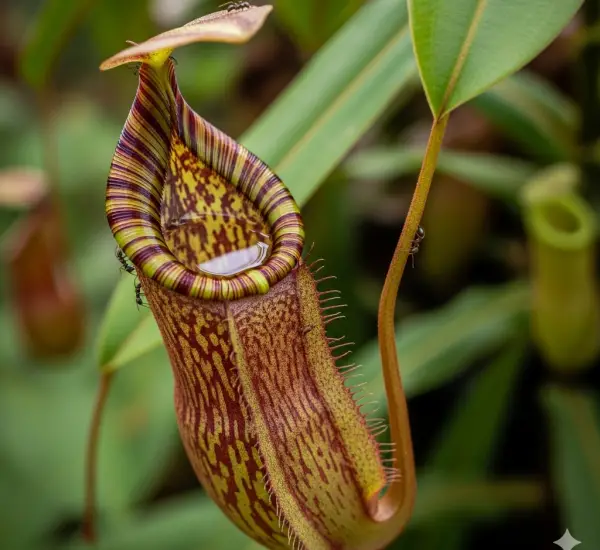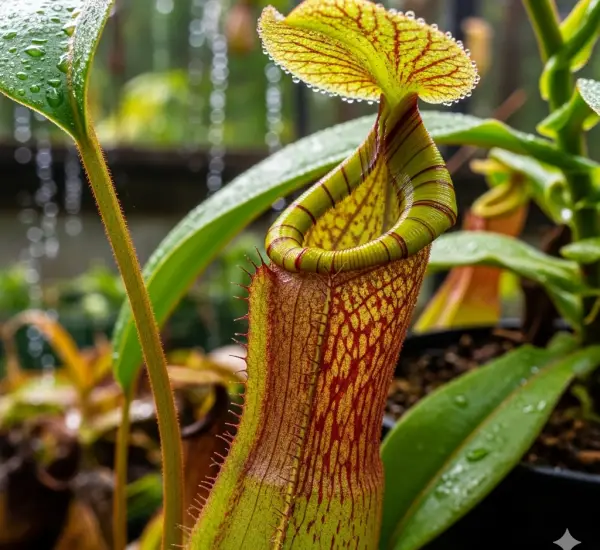Growing healthy, vibrant plants that bloom beautifully can often feel like a challenge, especially if you rely only on store-bought fertilizers that may be expensive or filled with chemicals. Fortunately, homemade fertilizers can be a powerful and natural alternative, helping your plants flourish without breaking the bank or harming the environment.
In this article, we’ll explore two incredibly effective homemade fertilizers that can boost flowering and overall plant health. These natural fertilizers not only nourish your plants but also improve soil quality, encouraging strong root development and abundant blooms.
Why Homemade Fertilizers?
Many gardeners are turning toward homemade fertilizers because they offer several advantages over commercial products:
-
Natural Ingredients: Homemade fertilizers use kitchen scraps and organic materials free from synthetic chemicals.
-
Cost-Effective: They are easy to prepare and affordable, often using items you already have at home.
-
Soil Improvement: These fertilizers enhance soil structure and microbial activity, creating a healthy environment for plants.
-
Environmentally Friendly: Using organic waste reduces landfill contributions and minimizes chemical runoff.
Now, let’s discover the two powerful homemade fertilizers that can transform your flowering plants.
Fertilizer 1: Banana Peel Fertilizer
Banana peels are a fantastic source of potassium, phosphorus, and calcium—all essential nutrients that promote flowering and fruit development. Potassium, in particular, is crucial for encouraging blooms and strengthening plant stems.
How to Prepare Banana Peel Fertilizer:
-
Collect Banana Peels: Save peels from ripe bananas. Avoid peels with signs of mold or decay.
-
Chop or Blend: Cut the peels into small pieces or blend them with water to create a nutrient-rich liquid fertilizer.
-
Soak: Let the chopped peels soak in water for 3 to 5 days, stirring occasionally. This process extracts the nutrients into the water.
-
Strain and Use: Strain the mixture and use the liquid to water your flowering plants every 1 to 2 weeks.
Alternatively, you can bury small pieces of banana peel directly into the soil near your plants. As the peels decompose, they gradually release nutrients.
Benefits:
-
Boosts flowering due to high potassium levels.
-
Provides phosphorus and calcium for root and flower development.
-
Improves soil microbial life as organic matter breaks down.
Fertilizer 2: Eggshell and Coffee Grounds Fertilizer
Combining crushed eggshells and used coffee grounds creates a balanced fertilizer rich in calcium, nitrogen, and organic matter. Calcium strengthens cell walls in plants, leading to sturdier stems and better bloom quality. Nitrogen supports lush green growth, while the organic matter enhances soil texture and moisture retention.
How to Prepare Eggshell and Coffee Grounds Fertilizer:
-
Collect Eggshells: Rinse and dry eggshells to avoid odors and pests. Crush them into fine pieces or powder.
-
Gather Used Coffee Grounds: After brewing coffee, dry the grounds to prevent mold.
-
Mix: Combine crushed eggshells and coffee grounds in equal parts.
-
Apply: Sprinkle the mixture around the base of your plants and gently work it into the soil.
-
Water: Water the plants after application to help nutrients seep into the soil.
Benefits:
-
Calcium from eggshells enhances cell strength and flowering.
-
Coffee grounds provide nitrogen and improve soil acidity, suitable for acid-loving plants.
-
Organic matter supports beneficial soil microorganisms.
How These Fertilizers Promote Flowering
Both fertilizers supply essential nutrients that are key to flower production:
-
Potassium: Helps regulate water uptake and enzyme activation related to blooming.
-
Phosphorus: Vital for energy transfer and root development, supporting flower growth.
-
Calcium: Strengthens cell walls, preventing blossom drop and enhancing flower quality.
-
Nitrogen: Balances leaf growth to ensure plants have enough foliage for photosynthesis, fueling flowering.
Using these fertilizers regularly during the growing season can encourage more robust, colorful, and long-lasting blooms.
Tips for Using Homemade Fertilizers Effectively
-
Start Slowly: Begin with small amounts to observe how your plants respond.
-
Apply During Growing Season: Use these fertilizers primarily in spring and summer when plants actively grow and flower.
-
Combine with Good Watering Practices: Proper soil moisture enhances nutrient absorption.
-
Store Leftovers Properly: Keep any unused liquid fertilizer in a sealed container in the refrigerator for up to a week.
-
Avoid Over-Fertilizing: Excess nutrients can harm plants; moderation is key.
Additional Natural Fertilizer Ideas
-
Compost Tea: Brewed from compost, this liquid feeds plants and boosts soil microbes.
-
Epsom Salt Solution: Provides magnesium to support chlorophyll production and flower health.
-
Fish Emulsion: A rich nitrogen source from fish byproducts, excellent for leafy and flowering plants.
Conclusion
These two homemade fertilizers — banana peel fertilizer and eggshell with coffee grounds fertilizer — prove that simple, everyday kitchen scraps can be transformed into potent plant boosters. Their natural nutrients promote healthy root systems and encourage prolific flowering, making your garden more vibrant and rewarding.
By adopting these organic fertilization methods, you not only save money but also contribute to sustainable gardening practices. Try incorporating these homemade fertilizers into your plant care routine and watch your flowers flourish like never before.



